Over the years, Countries such as China, Russia, and The United States have had some of the most gifted Olympic medallists and are constantly winning competitions internationally. However, there was one gymnast in particular, from Romania, who excelled beyond her competition in gymnastics.


Nadia Comăneci quickly became one of the most decorated gymnasts of all time. She became famous for the best reason but saw an untold dark side too. Her story is not your usual rise to fame, and it certainly had some harrowing moments. Here's the story behind the first Olympian to receive a perfect score.
Nadia’s started gymnastics when she was only in Kindergarten with a team called Flacăra – which translates to “The Flame” in Romanian. Some people have the gift of knowing what they want to do with their lives at a very young age. She was just 6 when she got hooked on the sport of gymnastics and knew that this was something she wanted to stick with.

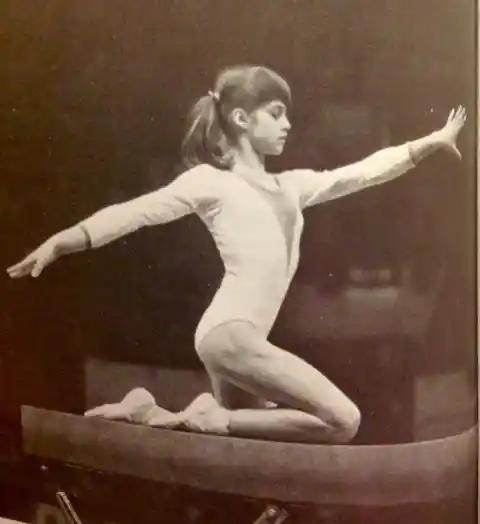
She had no idea how much the sport would not only change her life, but change gymnastics history too.
Bela Károlyi, a renowned Romanian gymnastics coach, and his wife were looking for children who had the potential to become world-renowned athletes.
They were scouting a local school playground when they saw Nadia playing with friends as Nadia was performing cartwheels. After Bela saw something special in the little girl doing perfect cartwheels, he tracked her down through the school office to recover her identity. Eventually, he tracked her and her friends down and offered to train them in gymnastics.
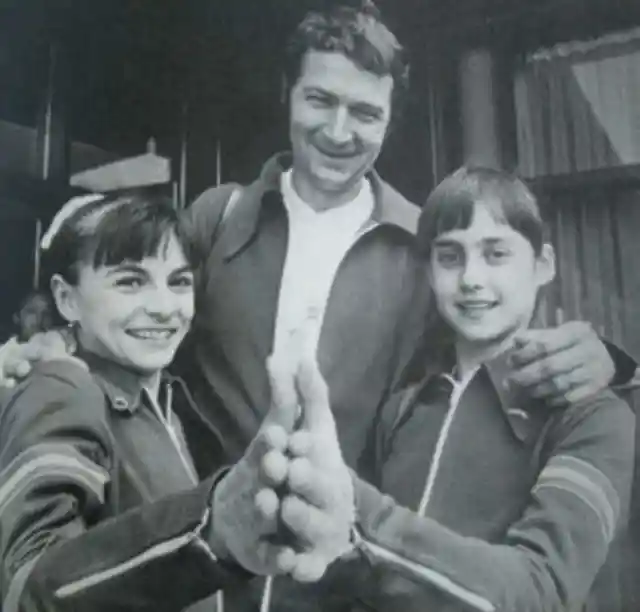
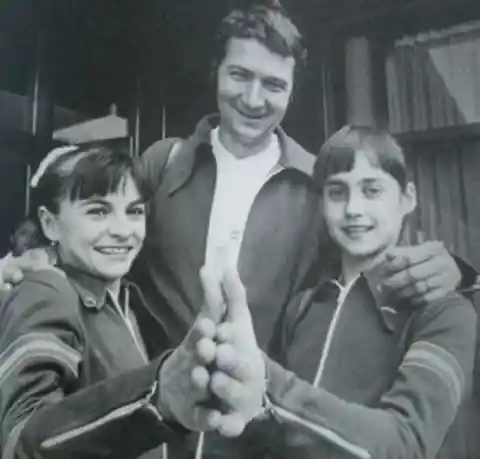
Nadia said, "My mom found out about the gymnastic school. She thought this is going to be a great place for me to burn the energy off". In hindsight, she didn't realize she already had eyes on her. By the time Nadia was seven, she was practicing for three hours every single day with the coach. She became one of the first students at the school in Onesti.
She recalled how wonderfully perfect the situation was as she lived in the same town as the gym, so she didn't have to commute like most other gymnasts at the school. Her coaches were impressed with her from the beginning, but perfection didn't come easy as she fell a lot throughout her first competition. Nadia continued to train every day while getting stronger and winning competitions. By 1975, she was finally eligible for senior-level competitions and so entered the European championships where she was awarded silver and gold medals.
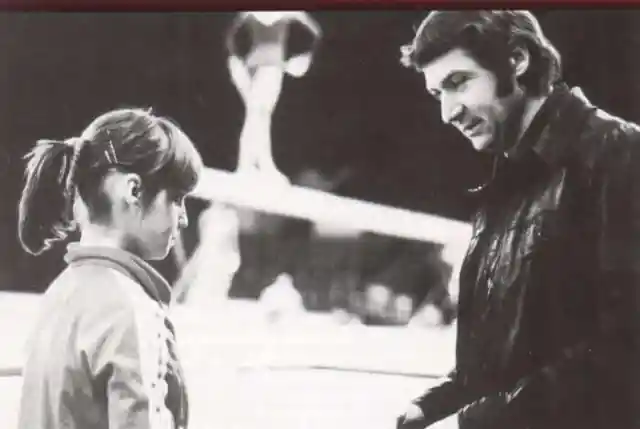
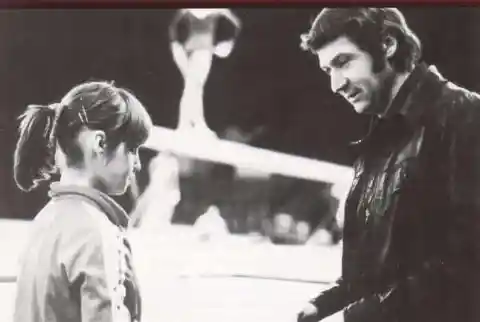
She had made up her mind that she wanted to compete in the Montreal Olympics. decided to enter the American Cup as a warm-up. Nadia won the competition, as her hard work paid off. She said, "The Romanian people are very tough. They don't take life easy. We work harder than anybody else in the gym. Because I think that the people around used to train three hours a day. We used to train six or seven but we didn't tell them we'd train six or seven..."
Nadia's first Olympics games were The Montreal Olympic Games held in 1976. Nadia Comăneci was set to compete in several events including both team and solo routines.
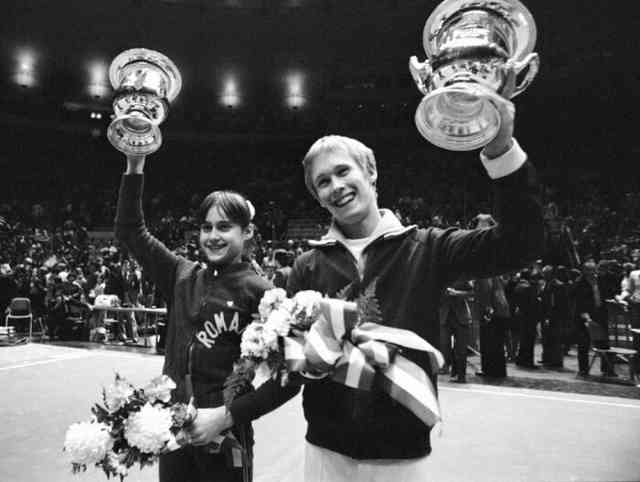
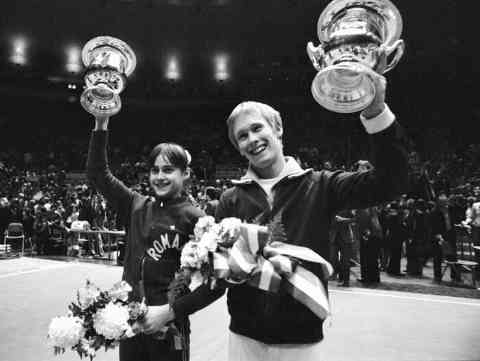
However, no one at the time expected that this young, small-town Romanian girl was about to make history. Nadia was going to do something that no other gymnast had ever done before, receive a perfect score.
Nadia Comăneci made Olympic history by being the first ever gymnast to receive a perfect 10. Nadia remarked, "I knew it was a pretty good routine. I said I can get a 9.9. I never watched the scoreboard. I was with my back to the scoreboard and I turned around and saw 1.00 and I was like Woah that's not so good".
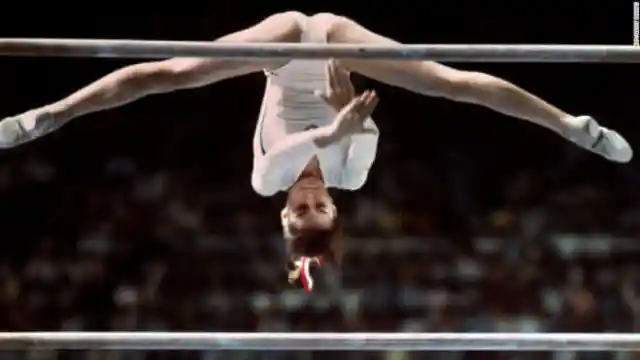
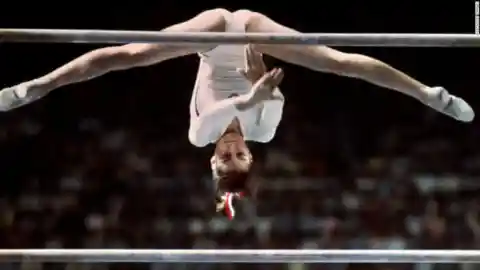
The public address announcer explained that since a perfect score had never been awarded in the long history of the sport, the equipment wasn't programmed for such an event. When the public address announcer clarified she had received a perfect score, the crowd roared with excitement. The perfect score came during her performance on the uneven bars. She went on to receive an unheard of and unimaginable six perfect tens during the Montreal Olympics.
After her first Olympic Games, Nadia's story quickly became the most covered topic from the Montreal Olympic games. She became BBC Overseas Sports Personality of the Year along with Associated Press’ Female Athlete of the Year in 1976.
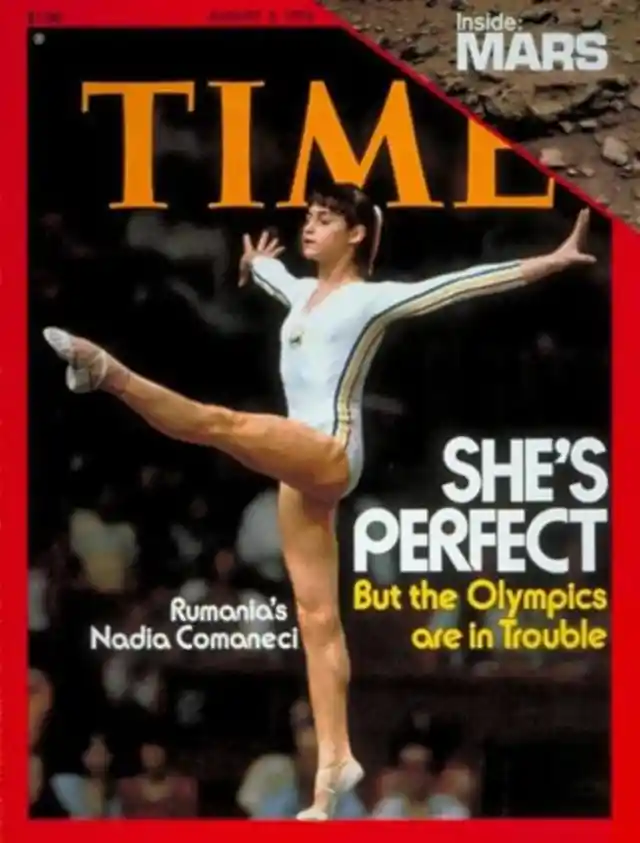
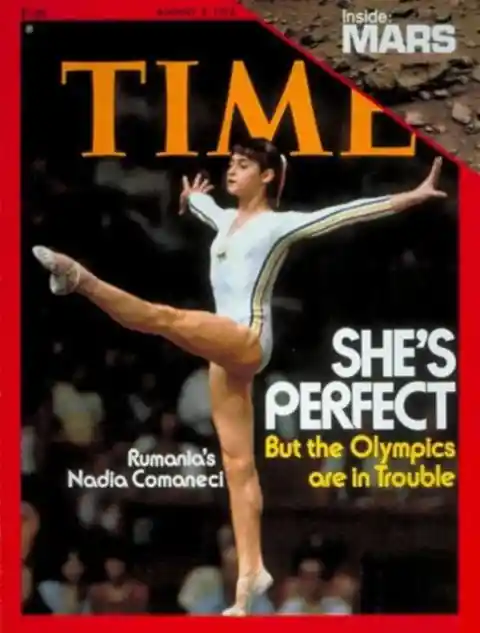
Nadia received an abundance of media attention from magazines and found herself on the cover of several publications.
Returning to Romania, her family was given a brand new car and a one month vacation from the Romanian government. She was a National Treasure to Romania after her achievement.
The world could only think of her perfection at the time, but in reality, her life saw more struggle than the eye could see. Not only did her parents separate, but for unknown reasons, she was forced to separate from her life-long coach.
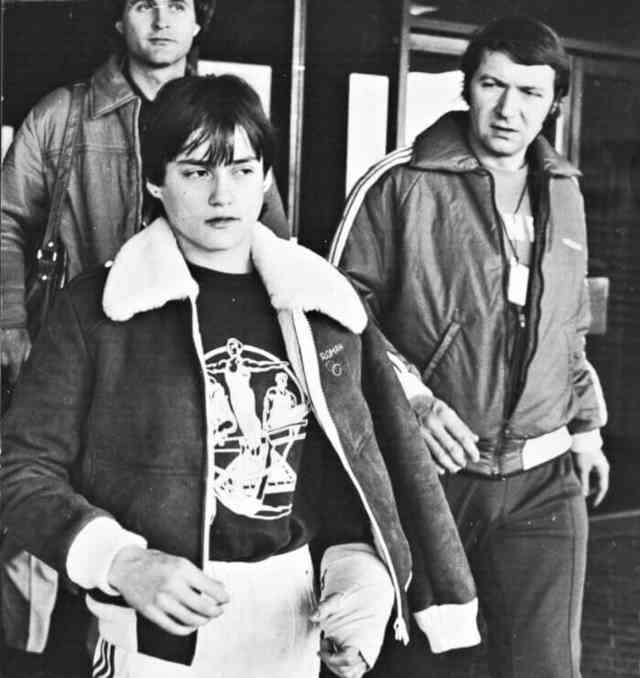
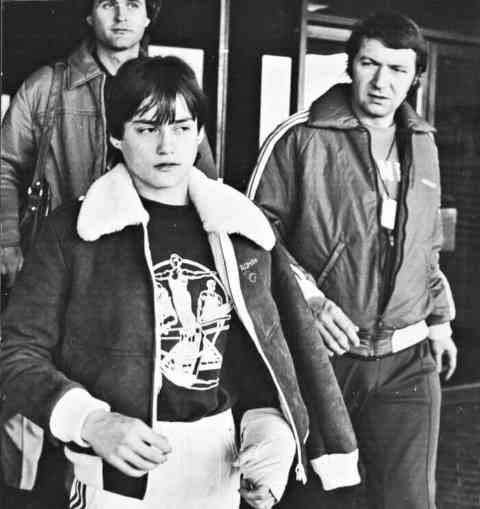
She had been working with Bela Károlyi since she was 6-years-old. Nobody knew that her life was falling apart right in front of her, and there wasn't anything she could do about it.
As if losing the idea of a perfect family wasn't enough, losing her coach too was the straw that broke the camel's back. She felt like the walls were closing in, compelling her to attempt to take her own life by drinking bleach in 1977.
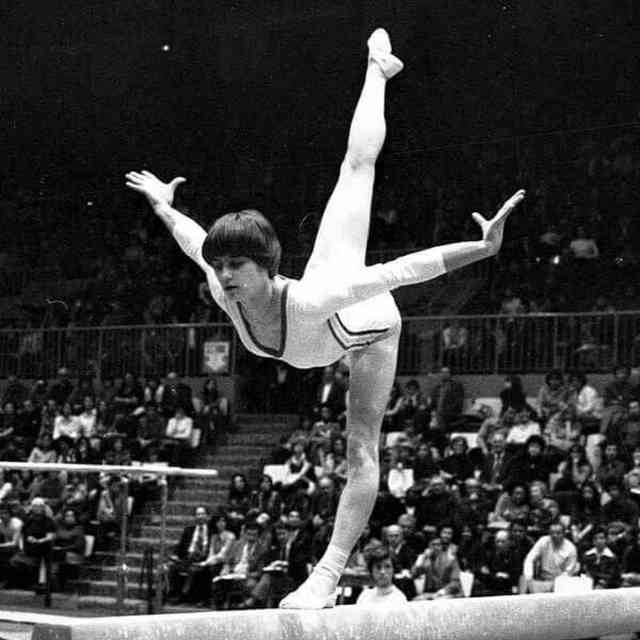
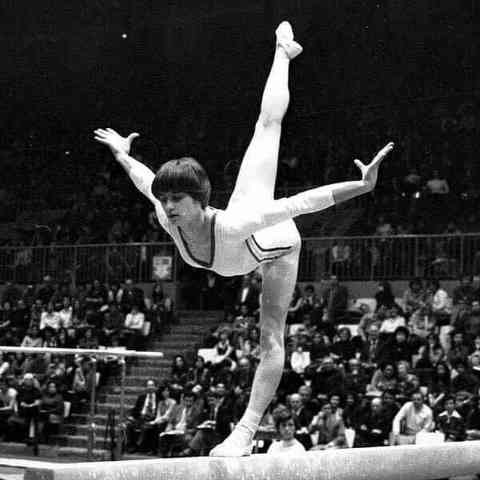
She spent two days in the hospital after the attempt and said she was “glad because I didn’t have to go to the gym.” While she initially denied these rumors, it was confirmed in an interview with Life magazine in 1990. The Romanian sports officials let Bela Károlyi continue to coach her when they were made aware of how the separation was affecting her.
The 1980 Moscow Olympics were below Nadia's standard of performance as she had been battling a lot in her personal life. Despite winning two silver and two gold medals, there were some serious controversies surrounding her scores.
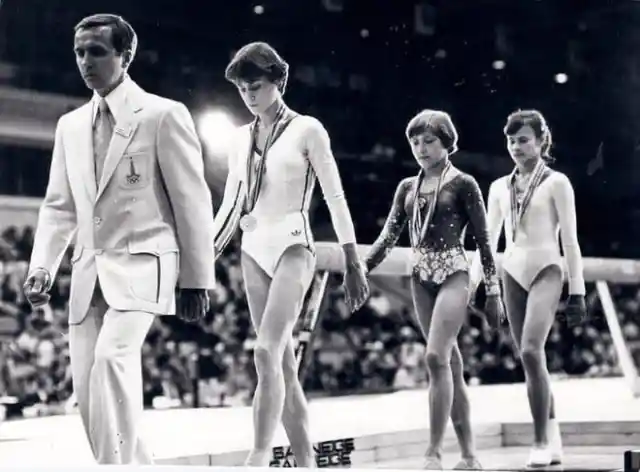
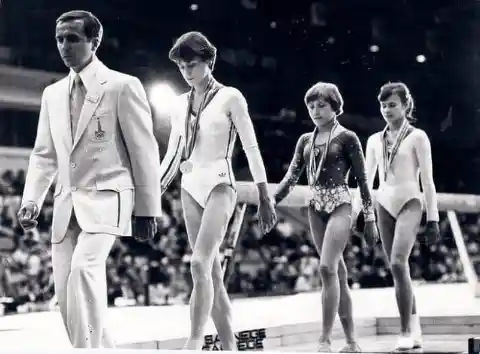
Her coach made a scene about how outrageous her scores were, condemning the judges. This was a televised event, so the Romanian Officials began to lose confidence in the coach, believing he had embarrassed them. Károlyi’s life was about to become very difficult going forward.
The Romanian government quickly took advantage of the fact that Nadia Comăneci could make them a lot of money, with the right kind of marketing. They hosted the ‘Nadia Tour’ in 1981, which toured over 11 American cities. The government received around $250,000 for the state for the tour, of which Nadia only received $1000.


After the 1980 Olympics, her coach's relationship with the officials grew tense. He grew paranoid, so he took his wife, and the Romanian team choreographer, Géza Pozsár, and defected. They sought political asylum in the US. Nadia was heartbroken when she found out her coach, who family to her, had defected to the United States.
The Romanian government quickly took advantage of the fact that Nadia Comăneci could make them a lot of money, with the right kind of marketing. They hosted the ‘Nadia Tour’ in 1981, which toured over 11 American cities. The government received around $250,000 for the state for the tour, of which Nadia only received $1000.
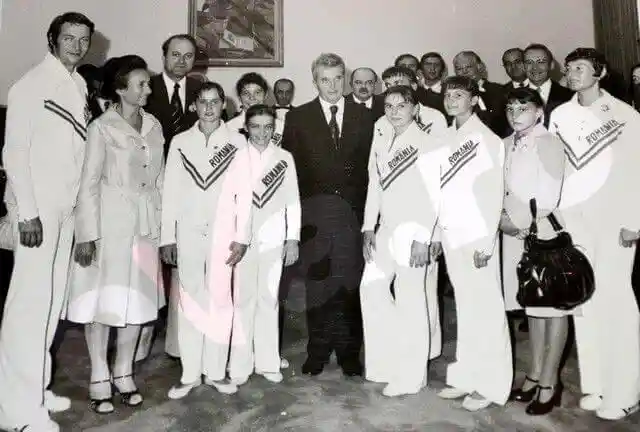
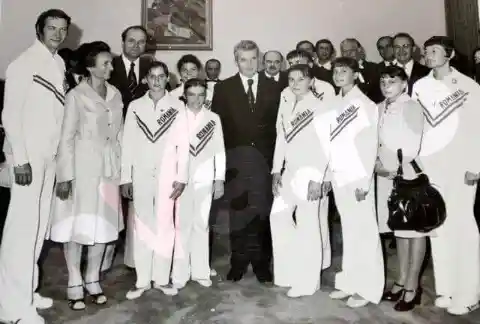
After the 1980 Olympics, her coach's relationship with the officials grew tense. He grew paranoid, so he took his wife, and the Romanian team choreographer, Géza Pozsár, and defected. They sought political asylum in the US. Nadia was heartbroken when she found out her coach, who family to her, had defected to the United States.
Romanian officials worried that Nadia would follow her coach and defect to the United States as well. They couldn't risk losing her as a National asset, so Nadia was banned from traveling to any Western country.
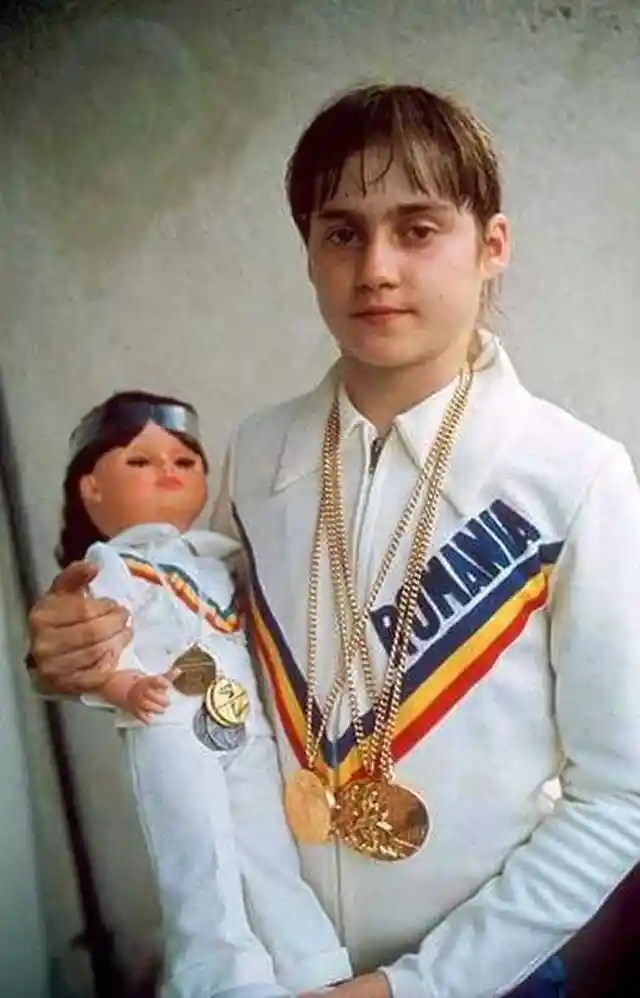
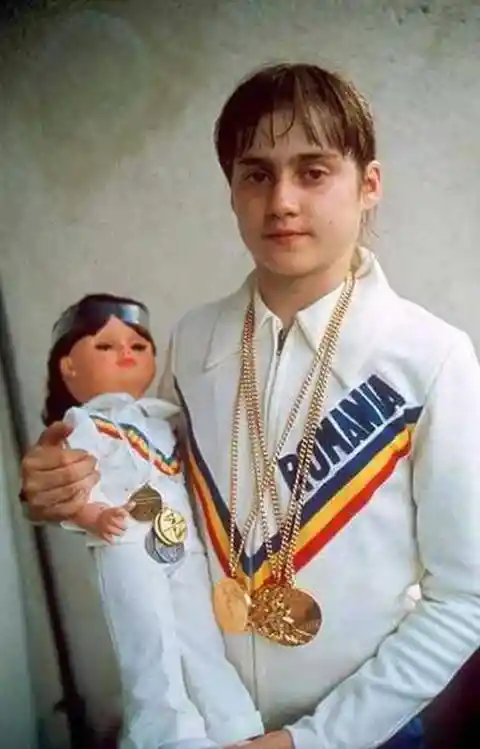
The Romanian government took complete control of her life as they followed her and tapped her phone, basically making her a prisoner of the state. Nadia had no way out.
In 1987, Nadia met Constantin Panait at a party. Coincidentally, he had once escaped Romania after being held captive by the government. He told her that he could help her escape as well if she wanted.
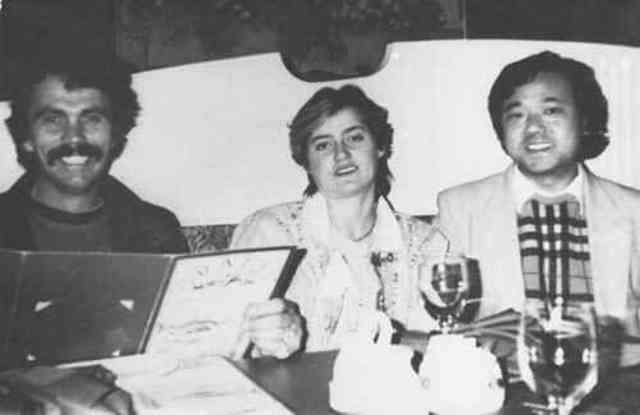
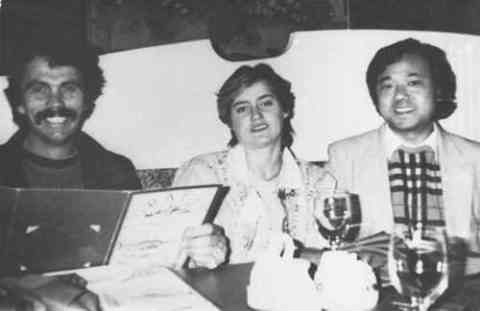
She was so desperate to be relieved of the nation's clutches that she took this stranger up on his offer. Nadia was worried her of her parents' disapproval, so she told her what she had planned.
On the night she was due to leave, Nadia was accompanied by her brother, his wife, and five other defectors. Nadia walked in the ice-cold conditions of the winter that could've killed her, all the way to the Hungarian border.
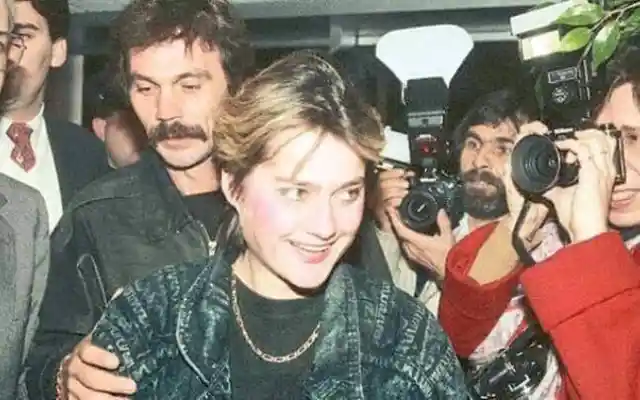

She was stopped at the border by the Hungarian police who instantly recognized her. However, they took pity on her and let her pass. They met Panait at the Austrian border before heading to the US embassy and to catch a flight to New York City.
When she arrived in the United States, she expected that her stardom would carry over and she would be welcomed with open arms, but unfortunately, that wasn't exactly the case. She was widely unapproved of as her relationship with a dictator's son seemed scandalous.


To make matters worse, it turned out that Panait had been blocking her calls to her Coach who she desperately tried to reconnect with. She had no idea of what had been going on behind her back.
As it turns out, there were other people who had been trying to get in touch with her, such as Bart Conner, a fellow Olympian from her first Olympic appearance. He was surprised to see that she was scheduled to appear on the Pat Sajak show.
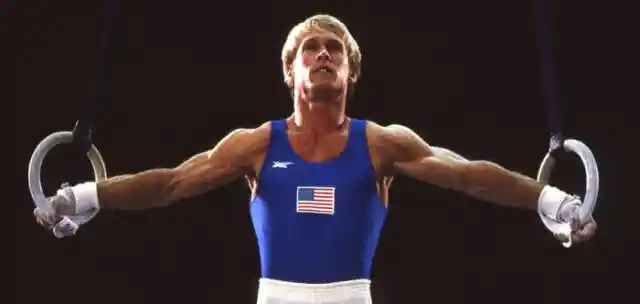

Bart Conner knew Sajack’s producer and asked to be a surprise guest on the show. He clued the producer of the show in on the fact that he and other American friends had been trying to get in touch with her, and that many attempts had failed. This raised suspicion, influencing the producer to have Bart on as a surprise guest.
When asked what was happening between the pair in an interview Nadia simply stuck out her tongue and said, “It’s a secret.”


Little did the world know, Panait was allegedly keeping the gymnast hostage for three months. It was a complete surprise to Panait when Bart showed up on the Pat Sajack show, leaving a blatant look of discomfort on Panait's face for the remainder of the interview.
Nadia eventually told her friend, Alexandru Stefu, that things between her and Panait weren't what they were made out to be, and that he was controlling her life.


Alex lured Nadia and Constantin Panait to a meeting where she boldly admitted he was mistreating her right in front of him. The next day, Constantin Panait stole $150,000 of Nadia’s cash and her car and fled the country. She was just relieved to finally be free of her capture.
After meeting on the Pat Sajak show, Bart Conner gave Comăneci his phone number.


Comăneci was at first wary of Conner’s intentions but decided that Conner was just a nice guy, something she wasn't used to in her shielded romantic life. After a year and half of staying in contact with each other by phone, Conner invited Comăneci to come to Oklahoma to help him open up a gymnastics school.
Bart and Nadia hit it off once again, years after their first innocent cheek kiss at the Montreal Olympics.


Bart says, "I remember that very first kiss on the winner’s podium with Nadia, and now, years later we started dating". In 1994, just a few years after reconnecting, Bart Conner proposed to Nadia Comăneci in Amsterdam. It turned out they had chemistry all along, even though they never saw it coming.
To no surprise, Bart and Nadia have worked together ever since, at the Bart Conner Gymnastics Academy. With these two stars at the helm, it's also no surprise that the academy in Oklahoma receives thousands of applications each year for their training.
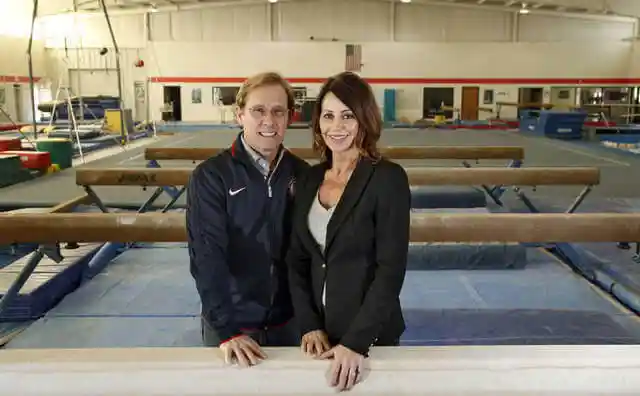
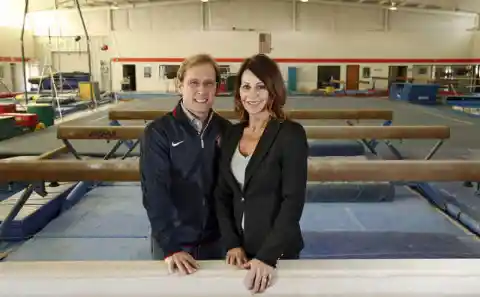
Bart and Nadia also spend a lot of time traveling the world together, working on product endorsements, making commercial appearances, and living as the sweethearts of the gymnastics world, together.
Comăneci is now a dual citizen of both Romania and the United States after gaining American citizenship in 2001.
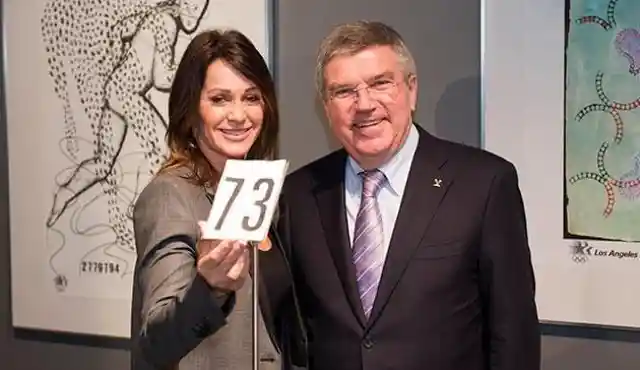
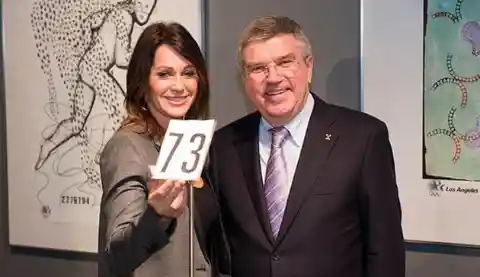
An amazing accomplishment was when she was a featured speaker at the 50th annual Independence Day Naturalization Ceremony on July 4, 2012, at Monticello (Virginia). She experienced the honor of being the first athlete to speak at the ceremony.
She remains very involved with the Olympic Games. During the 2004 Summer Olympics in Athens, her perfect-10 Montreal uneven bars routine was featured in a commercial for Adidas.
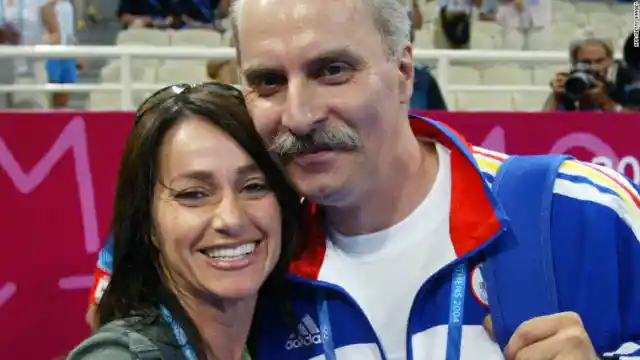
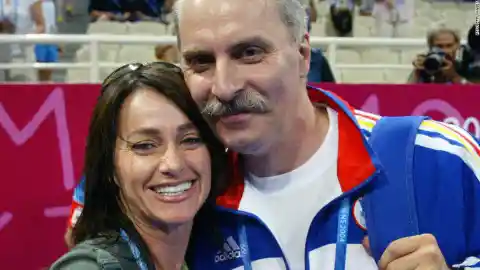
In addition, both Comăneci and her husband Bart Conner provided television commentary for the 2008 Summer Olympics in Beijing. She is a staple figure in the gymnastics community and even more so in the Olympics community.
Another honor Comaneci received was when she was offered a part in the Olympic Games most well-known ceremonies.
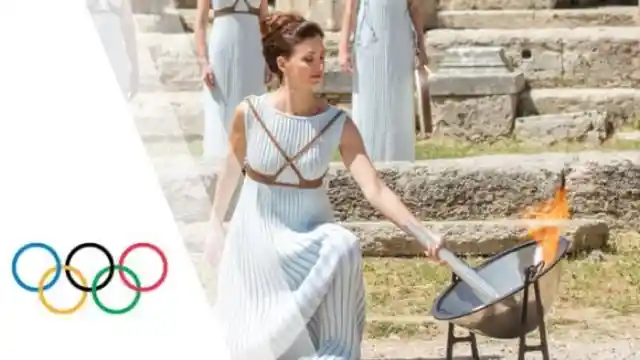
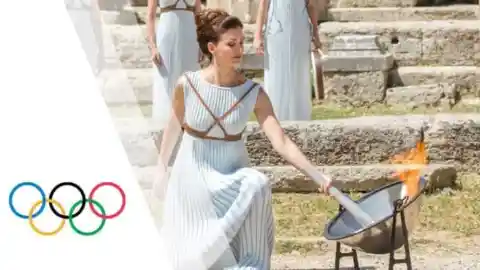
On July 21, 2012, Comăneci, along with former basketball star John Amaechi, carried the Olympic torch to the roof of the O2 Arena as part of the torch relay for the 2012 Summer Olympics in London.
Prior to the 2016 Summer Olympics games in Rio de Janeiro which featured gymnast Simone Biles, Comăneci appeared in a TIDE advertisement called "The Evolution of Power" with Biles and 1996 Summer Olympics gymnast Dominique Dawes.


She also offered daily analysis of the 2016 games, for the late-night show É Campeão, broadcast on Brazil's SporTV. Simone Biles looks up to Comaneci as she set the foundation for the standard of competition we see in the Olympic Games today.
Despite her feud with the Romanian government, in 2003, the Romanian government appointed her as an honorary consul general of Romania to the United States to deal with bilateral relations between the two nations. elebrity Apprentice, season seven.


In addition, both Comăneci and Conner are involved with The Special Olympics, which aligns with her generosity in charity and those less fortunate. One of the public methods Comăneci used to raise funds for the Special Olympics in 2008 was to participate in Donald Trump's reality show, The Celebrity Apprentice, season seven.
Prior to the airing of the season, Trump announced that it was going to be the "nastiest version that we've done" and "a very vicious show" because of the unusual combination of celebrities who were each competing to raise money for a favorite charity. Comăneci was a member of all women team, "The Empresario". Unfortunately, they lost to all men team called "The Hydra".


Trump responded to this loss by firing Comăneci in vintage Trump style, thus preventing her from raising money for the Special Olympics. Comăneci later commented on her participation in the show, stating, she had great fun. "I only did it because it was all for charity. If I had to do that to apply for a job with Donald Trump, no, I would never do that." Comaneci has never been a big fan of the current President Of The United States.
Comăneci was known for her clean technique, innovation, and originality, with a stoic demeanor in competition. On the balance beam, she was the first gymnast to successfully perform an aerial walkover and an aerial cartwheel-back handspring flight series.
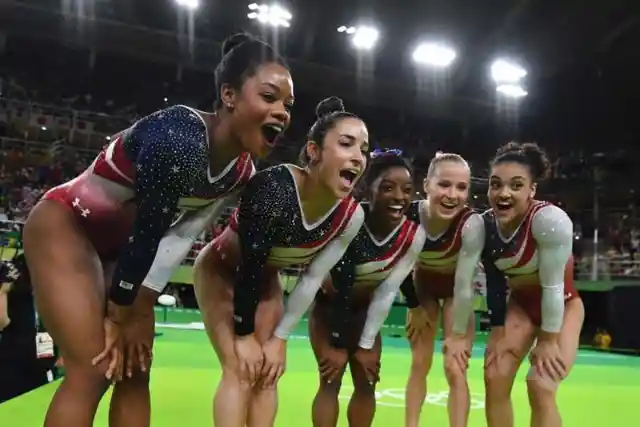

She is also credited as being the first gymnast to perform a double-twist dismount, a maneuver more common with athletes today. Her skills on the floor exercise included a tucked double backflip and a double twist. She really laid the foundation for gymnastics competition today. In her prime, she would still be a top competitor in today's games.
In 1984, Comăneci was the subject of an unauthorized biopic television film, 'Nadia'. The film was developed without her involvement or permission.
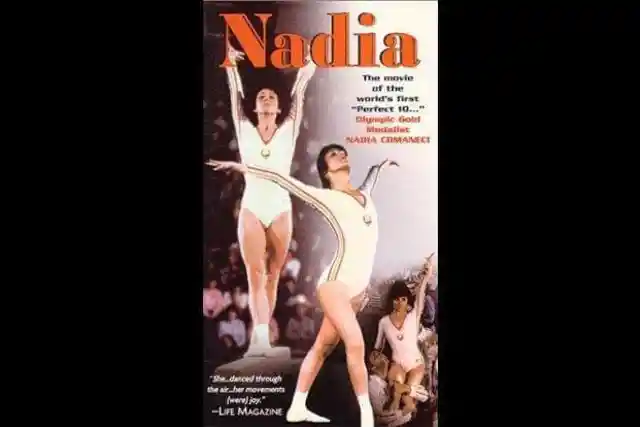

She later stated publicly that the producers "never made contact with me ... I sincerely don't even want to see it, I feel so badly about it. It distorts my life so totally." She has had an amazing life and an uplifting story that we can only hope to see made into an authorized biopic one day.